A Brief History of Blast-Resistant Glass
Glass is a very important building material, and it’s been around for a long time. According to Statista, the art of glassmaking can be traced back almost 6,000 years. There are many different types of glass available today, including blast-resistant glass. Let’s look at a brief history of this type of glass and its uses.
The Beginnings of Tempered Glass
According to Encyclopedia Brittanica, tempered or blast-resistant glass has its origins in the novelty of exploding glass which was popularized by Prince Rupert of the Rhine in the 1600s. This prince discovered exploding glass and named them “Prince Rupert’s Drops.” He wasn’t credited with inventing them, though. He is, however, credited with bringing the glass to the attention of the Royal Society of London. The Society started doing experiments and working with the glass droplets and this eventually led to the development of tough glass, which we now call tempered glass.
This type of glass is produced through a process in which molten glass is rapidly cooled. In the 1600s this was done when the molten glass was dribbled into a bucket of cool water which created the “Prince Rupert’s Drops”. Encylopedia Britannica continues that the rapid cooling process develops a shell around the hot inner glass. The inside will then gradually cool and that makes it contract. The chamber is then compressed and tightly squeezed into the interior glass. This creates a drastically more durable glass product that is today used to create blast-resistant glass.
Uses for Blast Resistant Glass
This type of glass is used in applications in which a product would need protection against an explosion. It’s often used in doors and windows of buildings or vehicles that need an added layer of protection. The glass is flexible enough to withstand the pressure from a blast. The goal isn’t necessarily for the glass to be the hardest substance possible, but rather for it to be flexible enough that it doesn’t shatter when pressure is applied.
Blast Resistant Glass Development
In order to maintain a high blast resistance rating, this type of glass is made from a high-performance polymer interlayer, a plastic resin that is used between two panes of glass and bonded together.
The glass is also reinforced through a glazing system. Sometimes a laminate layer is used to also hold glass fragments together in the event that the glass does break. This reduces the risk of injury through shards of glass. Special anchoring techniques are also used to help keep the glass in the frame.
These are just a few things you should know about
blast-resistant glass. If you’re looking for glass products, or looking for glass professionals in your area, please contact Bryans Road Doors and Glass LLC today. We are here for your glass needs.

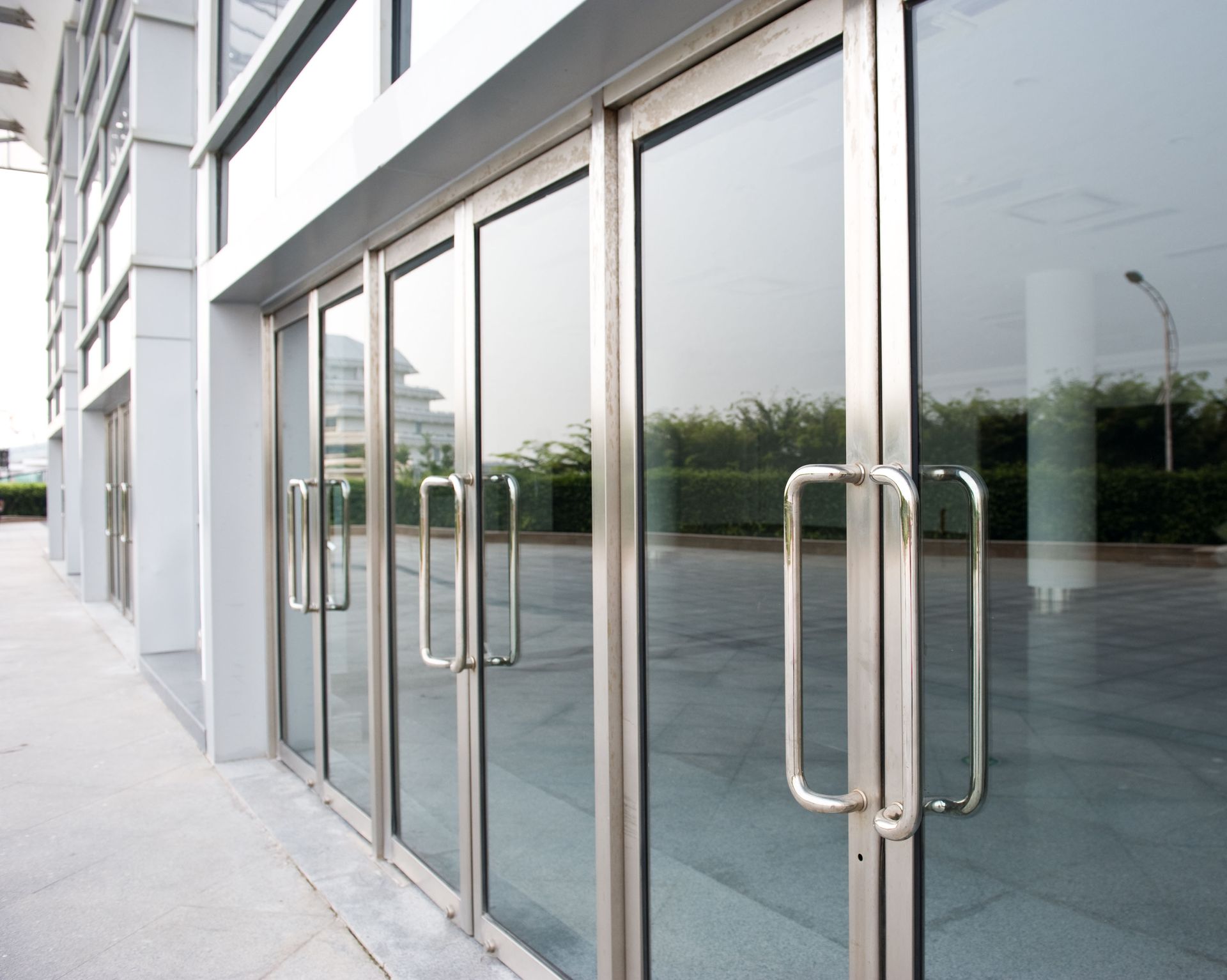
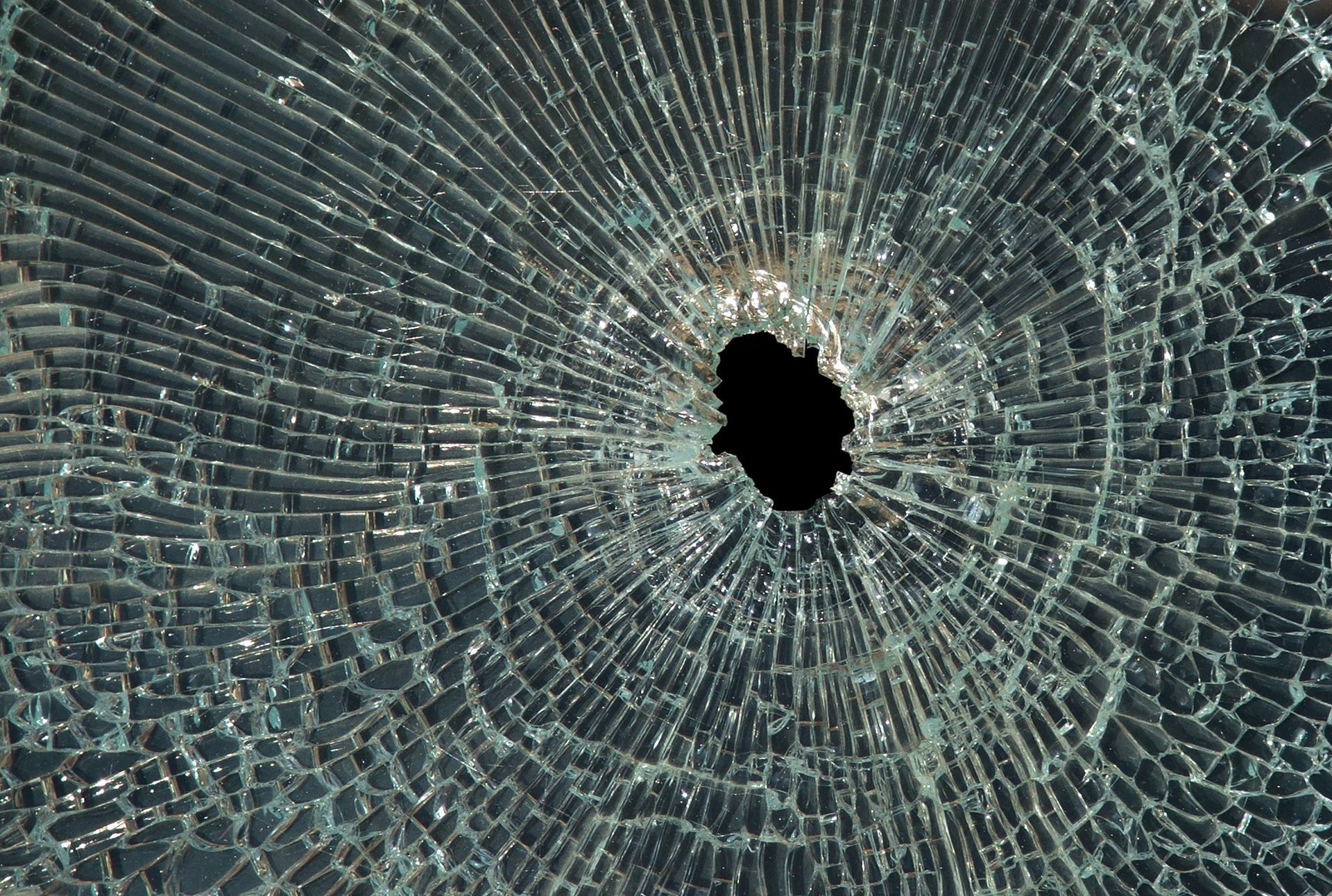

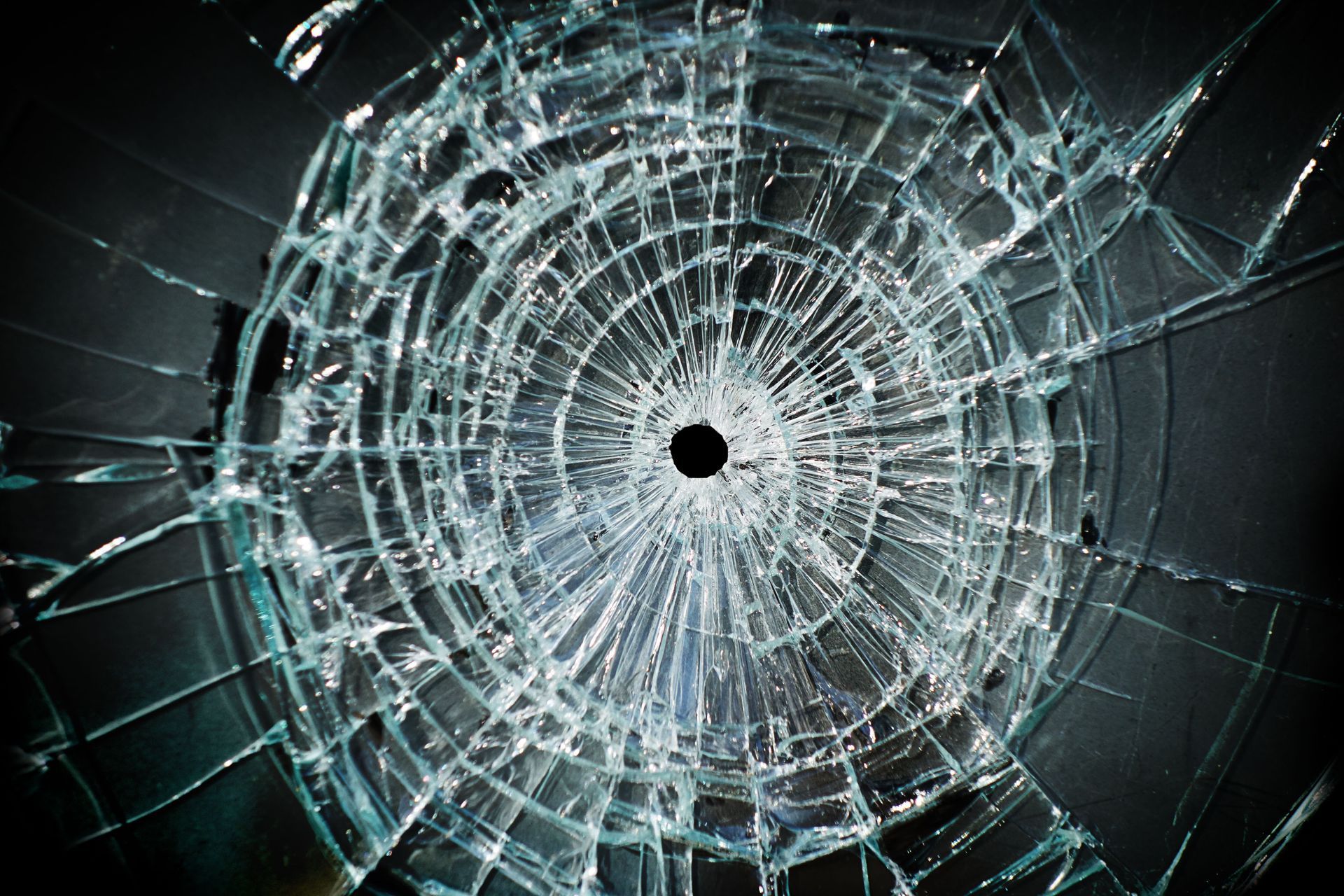
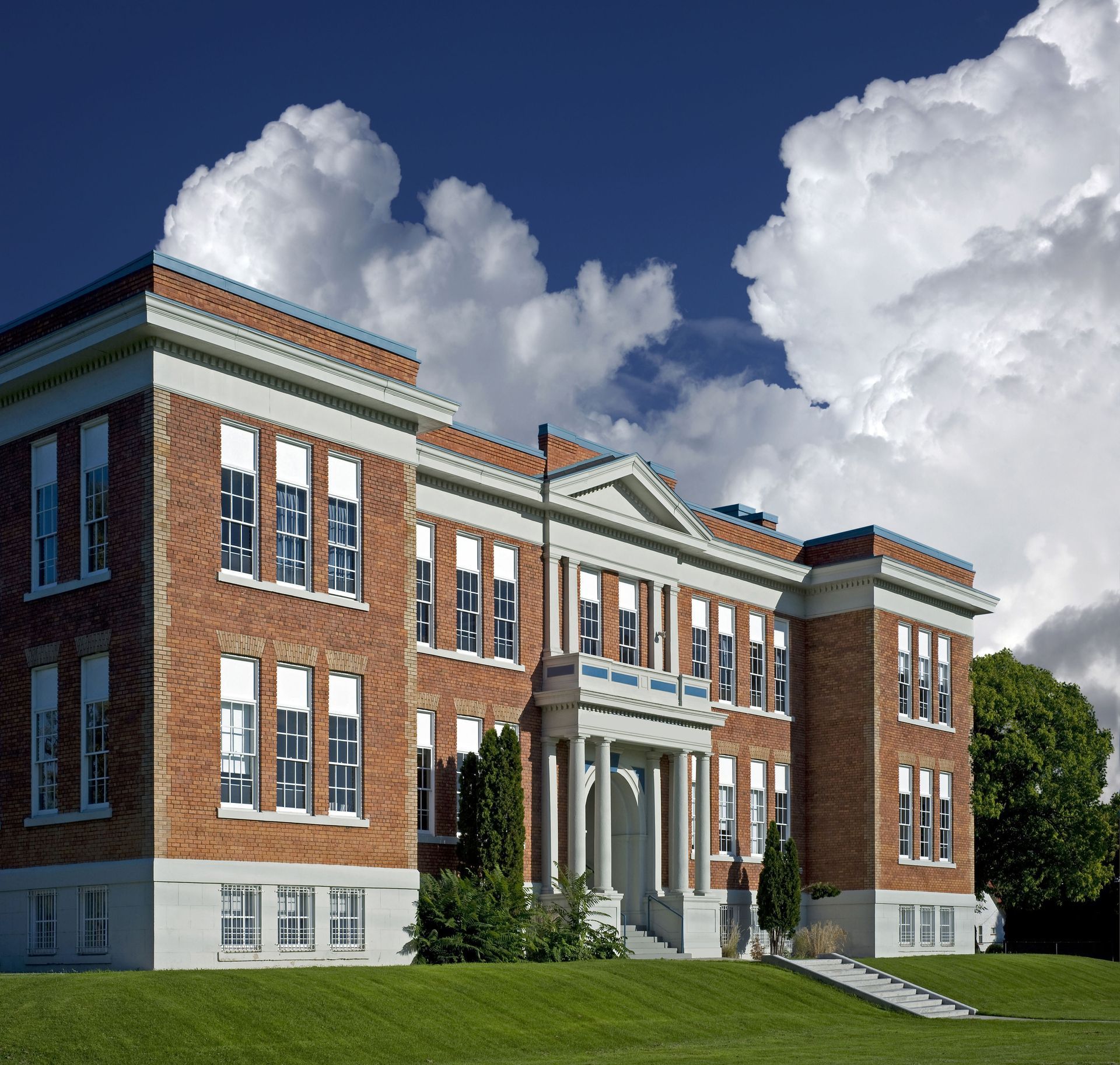
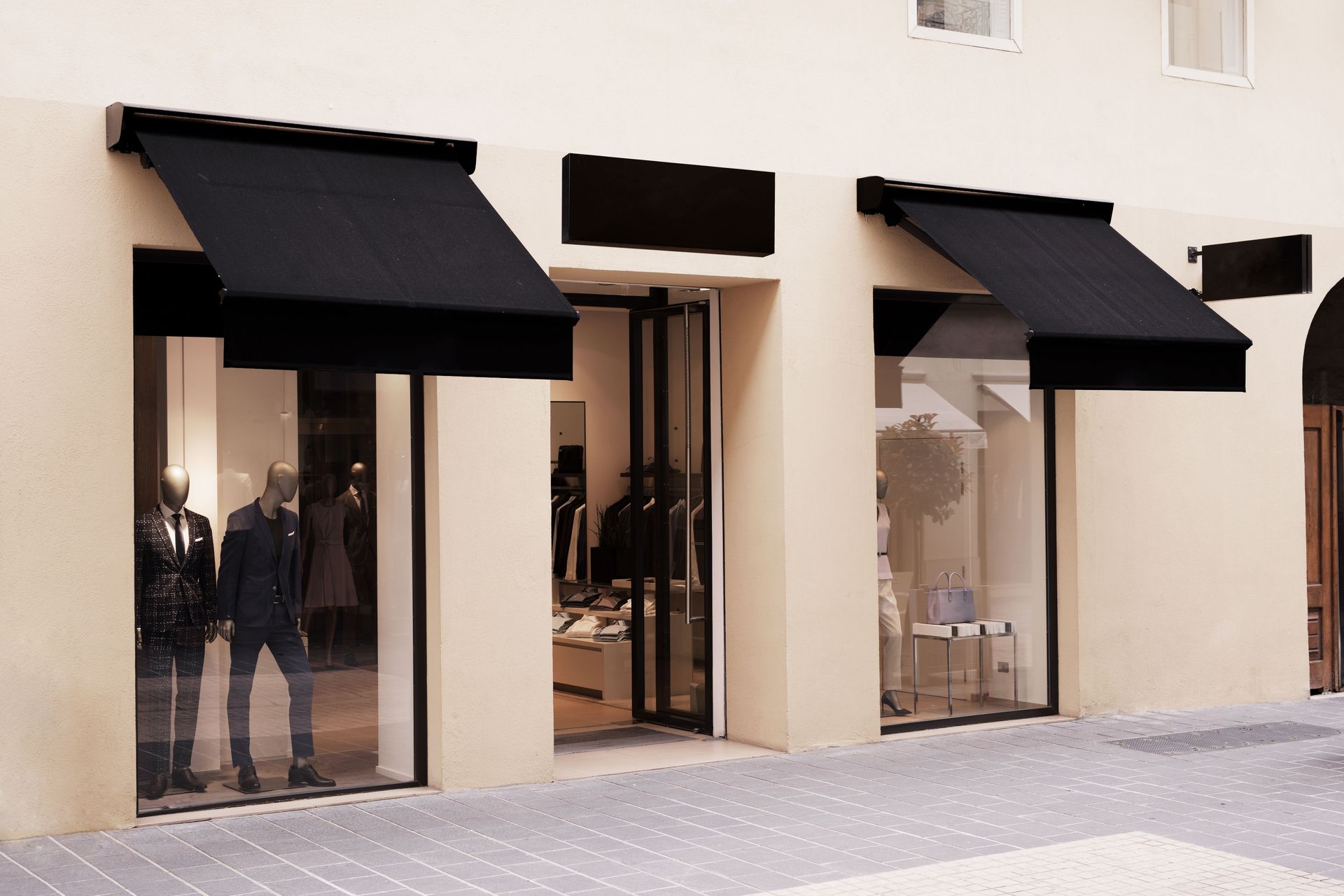
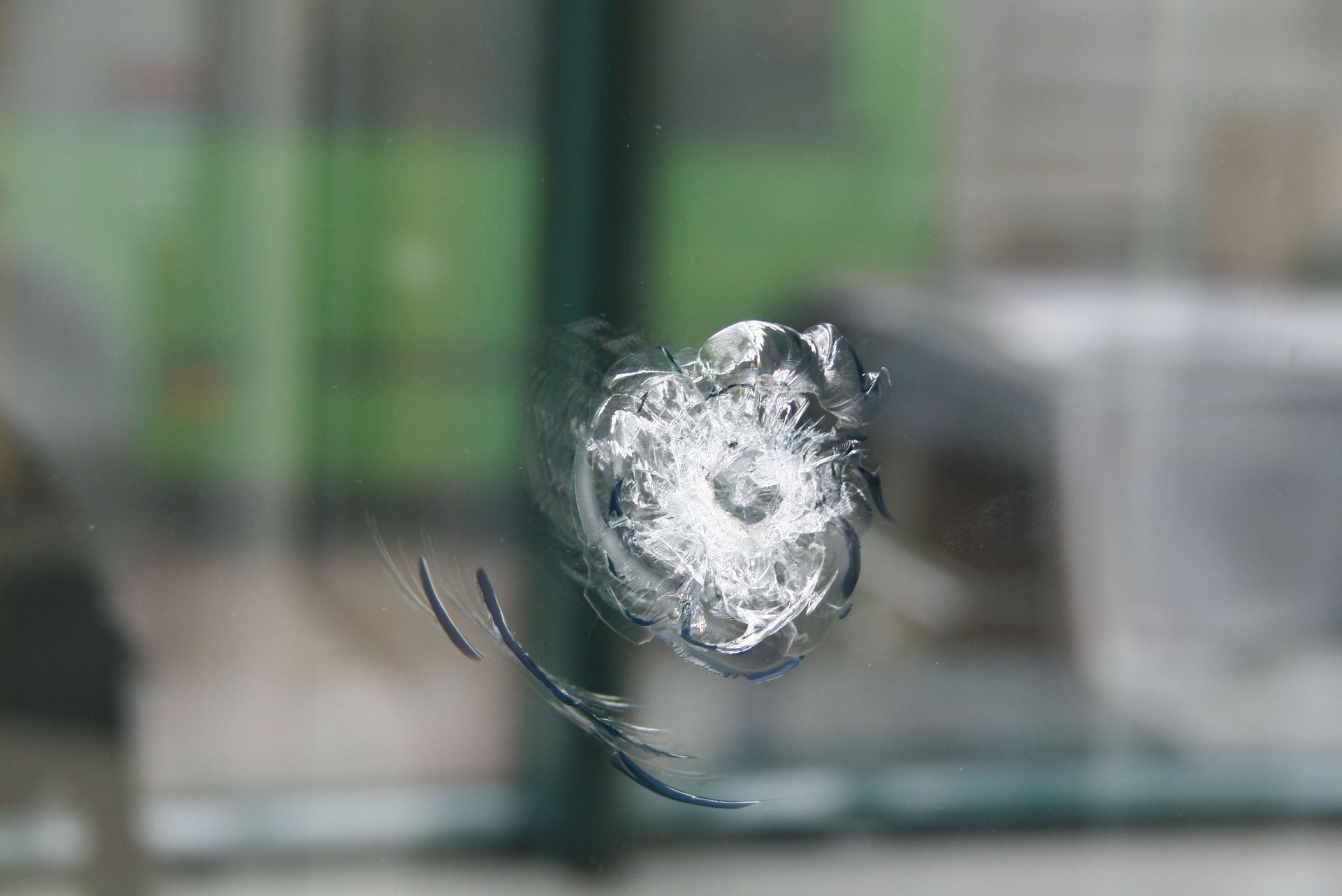
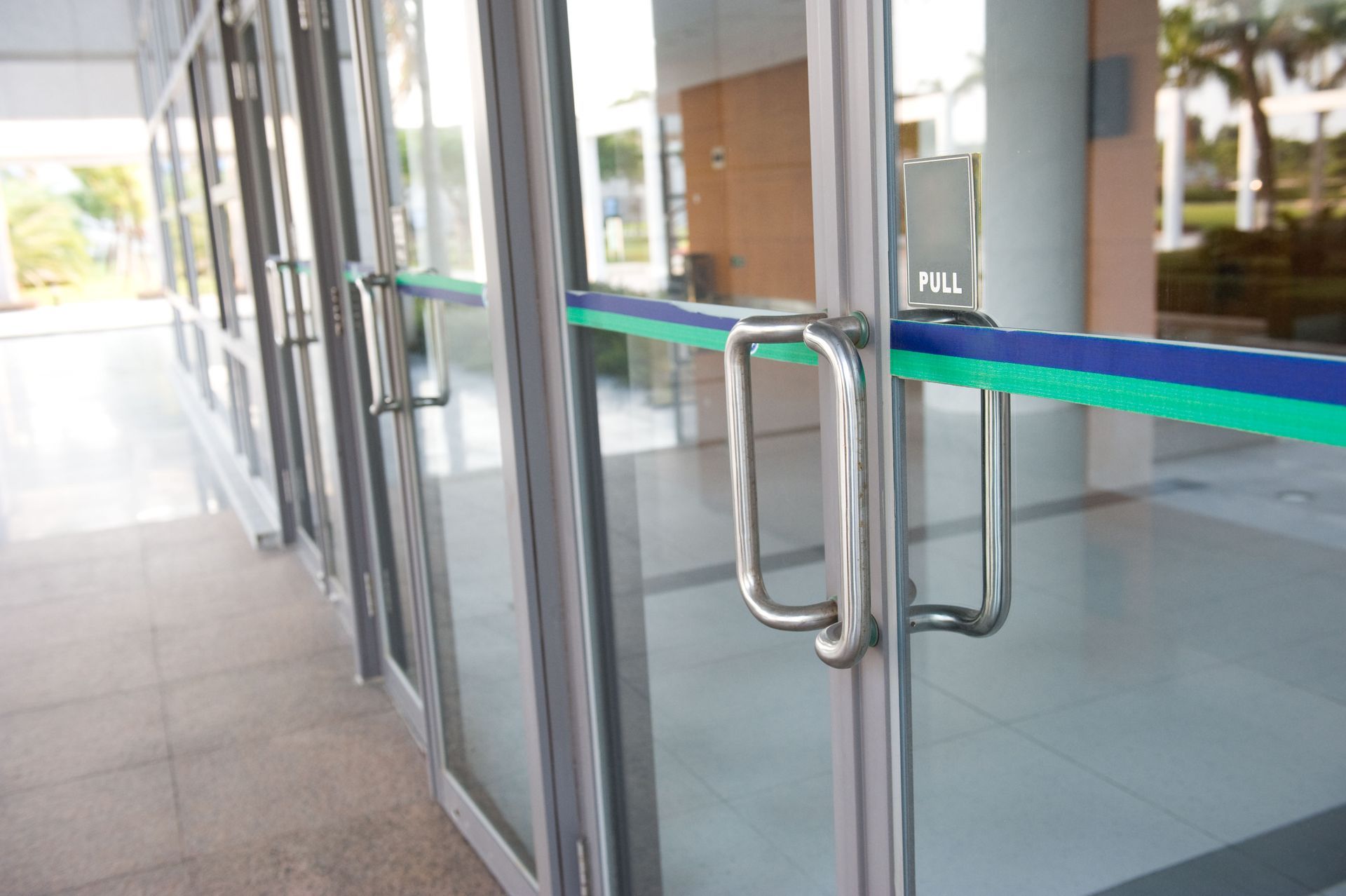
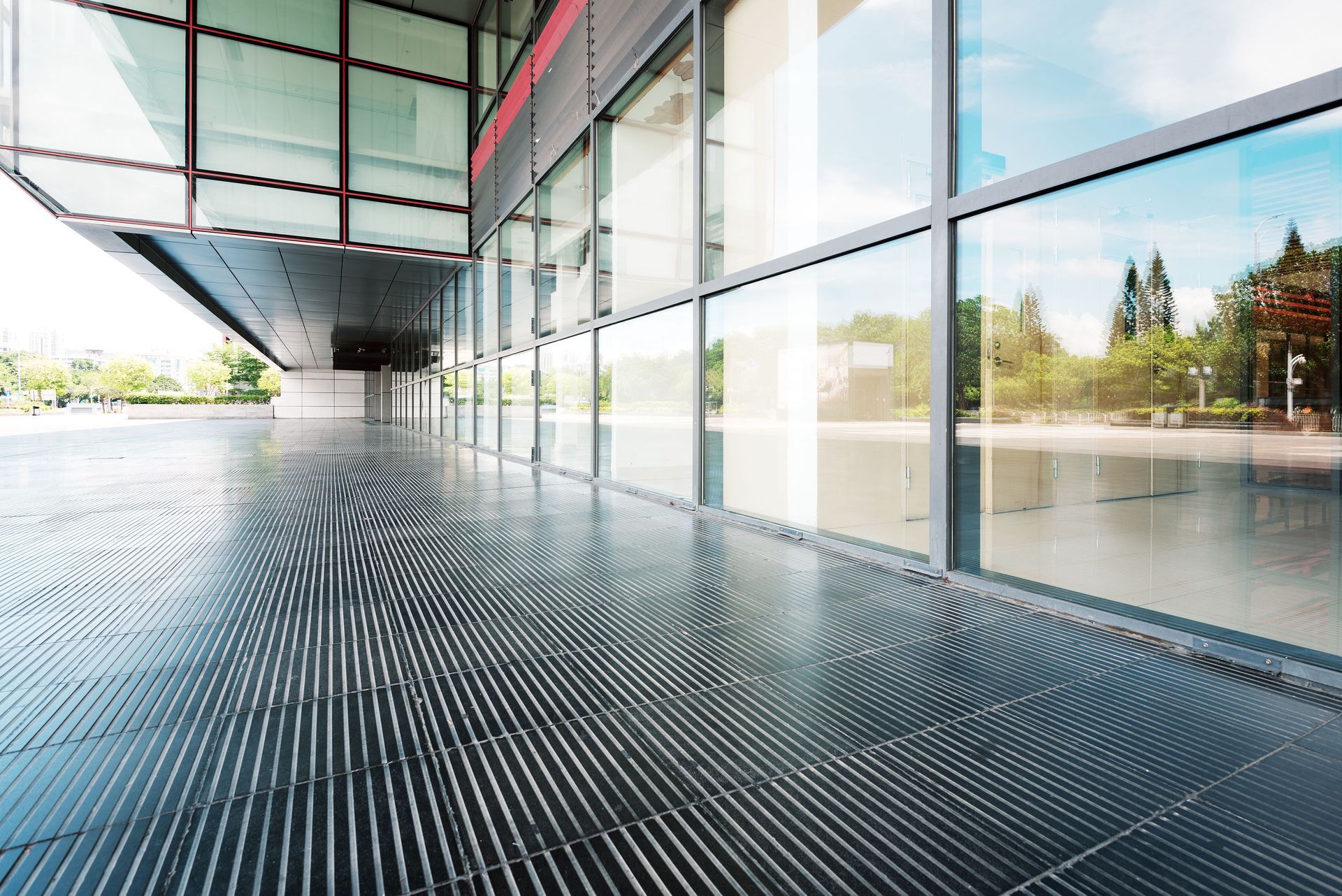

Share On: